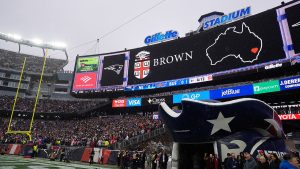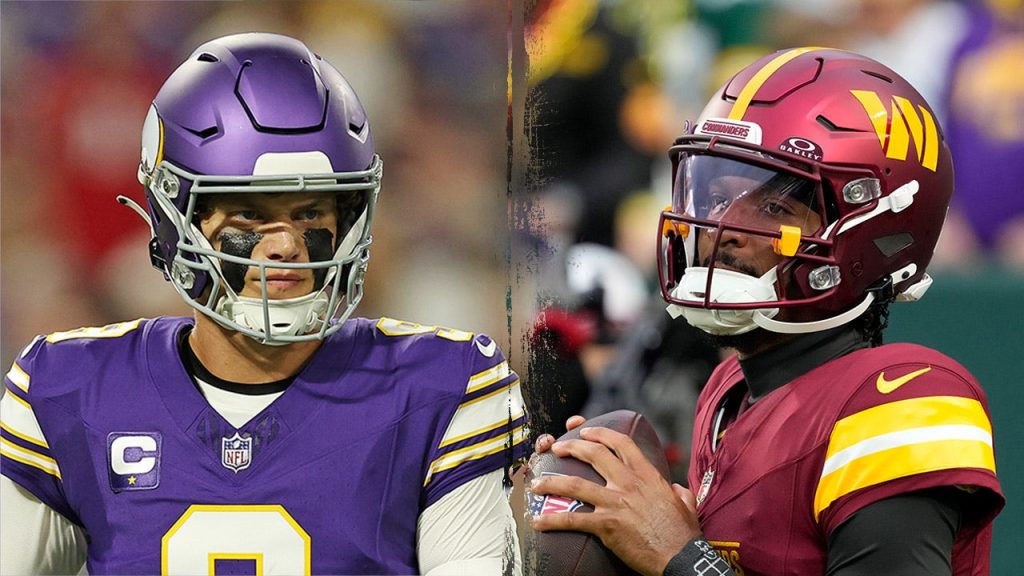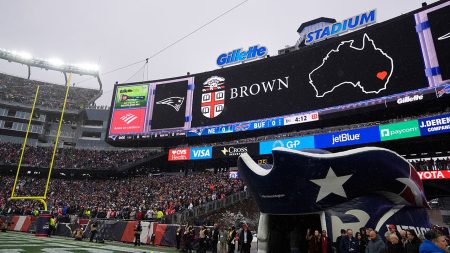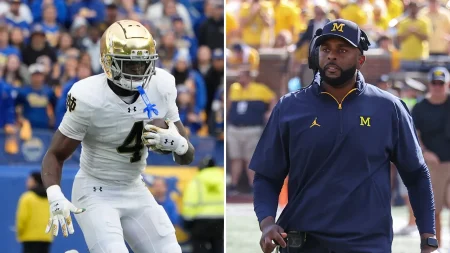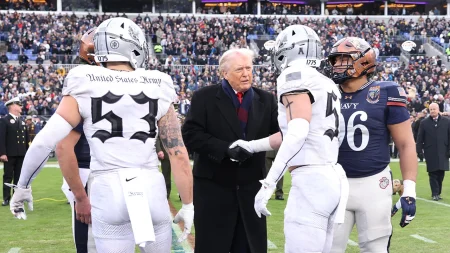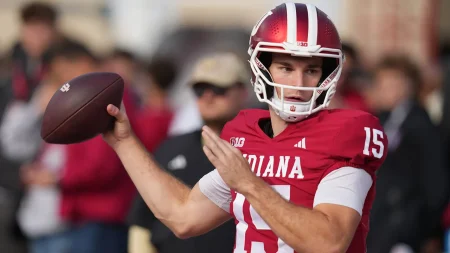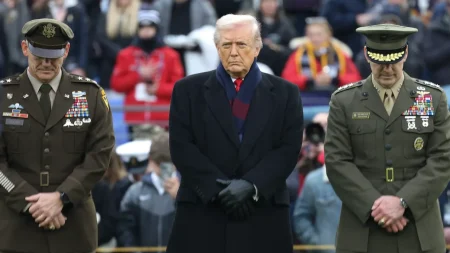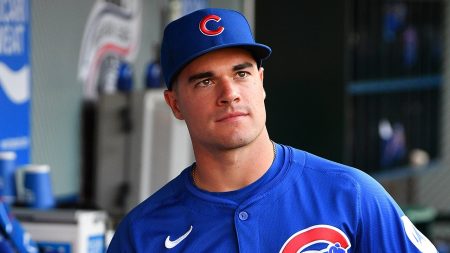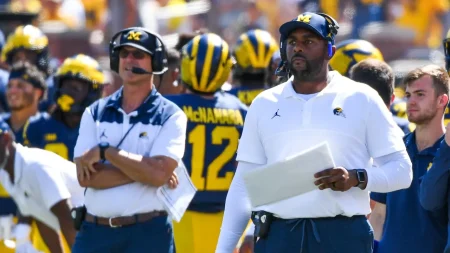Jayden Daniels’ Knee Sprain: Impact on Washington Commanders’ Season
Jayden Daniels, the Washington Commanders’ quarterback and reigning Offensive Rookie of the Year, is currently dealing with a knee sprain that has raised concerns about his performance in the coming weeks. According to Commanders head coach Dan Quinn, Daniels will be sidelined from practice until Friday, though the injury isn’t expected to keep him out of game action for long. This development comes at a crucial time for Washington, which has split its first two games of the season—defeating the New York Giants 21-6 in their opener before falling to the Green Bay Packers 27-18 in Week 2. While the Philadelphia Eagles remain the favorites in the NFC East, the Commanders’ chances of competing for the division title largely depend on Daniels’ health and effectiveness on the field.
Tom Christ, a doctor of physical therapy and founder of Fantasy Injury Team, provided deeper insight into Daniels’ injury in a recent interview with Fox News Digital. While the team has only vaguely described it as a “sprain” without specifying which tissue is affected, Christ analyzed video footage of the injury and suggested it could be a Grade 1 PCL sprain based on how Daniels landed on his shin with his knee nearly fully flexed. “It’s not terrible at all. You can rehab that and return to play,” Christ explained. However, he cautioned that historical patterns show athletes dealing with such injuries often appear “a little bit slow, a little bit hesitant to cut off that knee and a little bit unstable” in their first few games back. This could be particularly significant for Daniels, who set records as a rushing quarterback during his rookie season.
The potential limitation to Daniels’ mobility is concerning given his impressive rushing performance last season, when he gained 891 yards on the ground—the ninth-most ever by a quarterback and the most by a rookie QB in NFL history. This dual-threat capability was a cornerstone of the Commanders’ offense, making him especially dangerous to opposing defenses. Christ noted one positive aspect of the situation: “Good news is it’s his left knee, so it’s not going to affect his ability to push off his right leg to throw the ball. So, can still be effective, but probably not quite as effective on the ground.” This suggests that while Daniels’ passing game might remain relatively unaffected, his ability to scramble and run designed quarterback runs could be compromised in the short term, potentially forcing Washington to adjust their offensive game plan.
Meanwhile, in Minnesota, the Vikings are facing their own quarterback health concerns with J.J. McCarthy. After missing what would have been his rookie season with a torn meniscus, McCarthy is now dealing with an ankle sprain that threatens to delay his NFL debut even further. Christ explained that McCarthy’s reported two-to-four-week recovery timeline is “pretty consistent with a Grade 2 high-ankle sprain, where there is some, what we call, tissue laxity or instability in the ankle.” The location of the injury on McCarthy’s right ankle is particularly significant for a quarterback, as Christ pointed out: “it can be just a little less firm when he pushes off to throw the ball.”
The timing of McCarthy’s injury could influence the Vikings’ approach to his return. With a bye week coming up in Week 6, many observers speculate that the team might opt to keep McCarthy sidelined until after that break, providing additional recovery time. “If that’s the case, he should be fine by that point,” Christ suggested, “but if they do try to really speed things up, and it’s more like a two-week absence, he may have some issues pushing off that back leg initially when he’s throwing.” This conservative approach would prioritize McCarthy’s long-term health and development over short-term availability, especially considering the investment the Vikings have made in him as their quarterback of the future.
For both the Commanders and Vikings, these quarterback injury situations highlight the delicate balance NFL teams must strike between competing now and protecting their most valuable assets. In Washington’s case, Daniels has already proven himself as a dynamic playmaker who can elevate the entire offense, making his health crucial to their playoff aspirations. For Minnesota, McCarthy represents hope for the future, and rushing him back too soon could potentially compromise his development or lead to more serious injuries. As both teams navigate these challenges, their medical staffs, coaching decisions, and the players’ own recovery processes will play vital roles in determining how these promising young quarterbacks perform when they return to action—and ultimately, how their respective teams fare this season.
